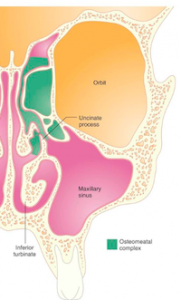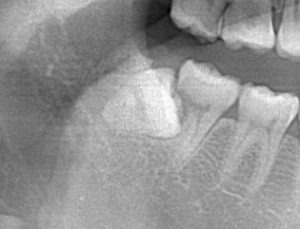The discovery that, fluoride, when incorporated into the developing enamel, can lead to a more acid resistant crystal has revolutionized our treatment of decay. In the mid-1940s, communities in the United States started to put more fluoride in their water supplies to protect people against tooth decay. The fluoride from the water was beneficial for children with developing teeth. But research shows that not only children can benefit from the fluoride in the water, the addition of fluoride to water supply, tooth paste and mouth rinses has a preventive effect on adults as well as published recently in the Journal of Dental Research.
Fluoride helps because, when teeth are growing, it mixes with tooth enamel to form a more acid resistant fluorapatite crystal. But fluoride can help even after your teeth are formed by attacking the bacteria that cause decay and by coating the enamel and dentine surfaces with a fresh layer of fluorapatite.
There are several ways to apply fluoride to the teeth with different concentrations of the active ingredients. Some can be bought and used without dental supervision like mouth rinses and tooth paste. But there are products which need to be prescribed or administered by Dr. Kaufman due to their higher concentration of the active ingredient and their special mode of application needed to achieve their action. These specialized products are recommended for patients with a high risk of decay that can arise from a dry mouth, high sugar intake, or a genetic predisposition for decay .
More reading about the beneficial aspects of fluoride can be found at the Australian Dental Association web site here.

